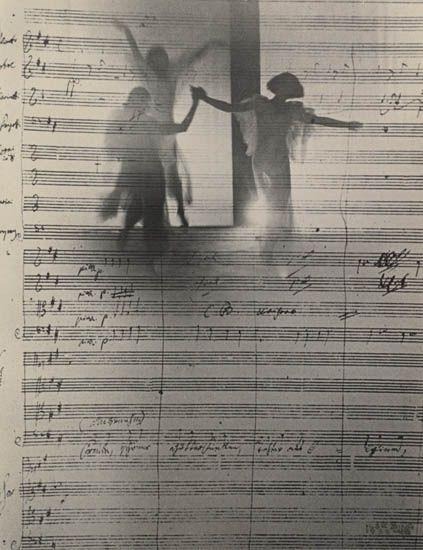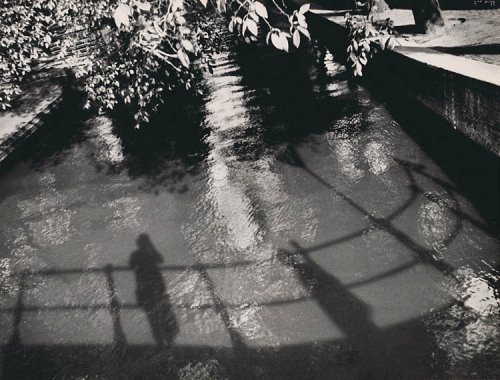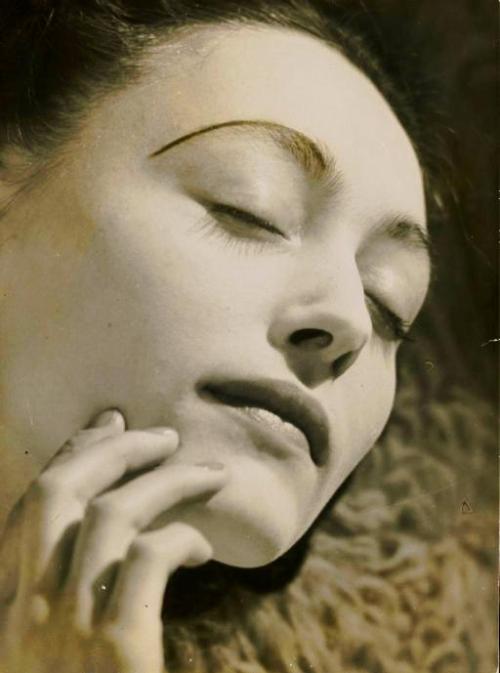The German avant-garde and commercial photographer produced pioneering monochrome images during the inter-war era.
Her move from Frankfurt to the burgeoning avant-garde and surrealist scene in Paris in 1930 marked the start of the most notable period of her career. She produced images in the fields of photojournalism, architectural photography, advertising and fashion, and her work was published in magazines such as Le Monde Illustre, Harper’s Bazaar and Vogue. Respected for her use of daring perspectives, unconventional cropping, use of natural light, and geometries, she also discovered a type of solarisation for negatives independently of a similar process developed by the artist Man Ray.
She remained in Paris for ten years, but in the shadow of World War II, she and her husband immigrated to New York City in 1941. There, she had to re-establish her reputation, and got steady work in portraiture. By 1947, Bing came to the realization that New York had revitalized her art. Her style was very different; the softness that characterized her work in the 1930s gave way to hard forms and clear lines, with a sense of harshness and isolation. This was indicative of how Bing’s life and worldview had been changed by her move to New York and the war-related events of the 1940s.

Ilse Bing. Beethoven Autograph, Ode to Joy, 1933 via

Self-portrait by Ilse Bing, 1931 via

Ilse Bing. Leather Gloves, 1933 via

Ilse Bing. Self Portrait, Canal Saint Martin, Paris via

Ilse Bing. Fountain. Place De La Concorde via

Ilse Bing. Solarized Clocks, Paris, 1934 via





























